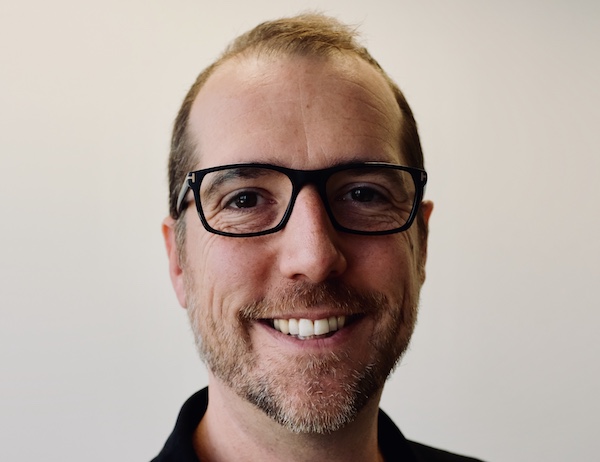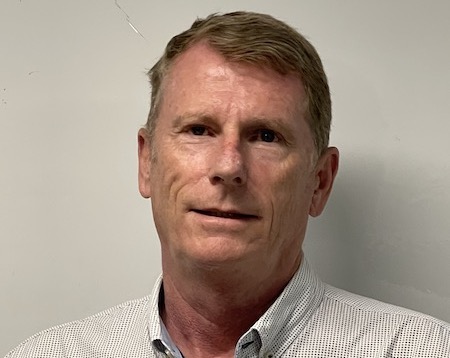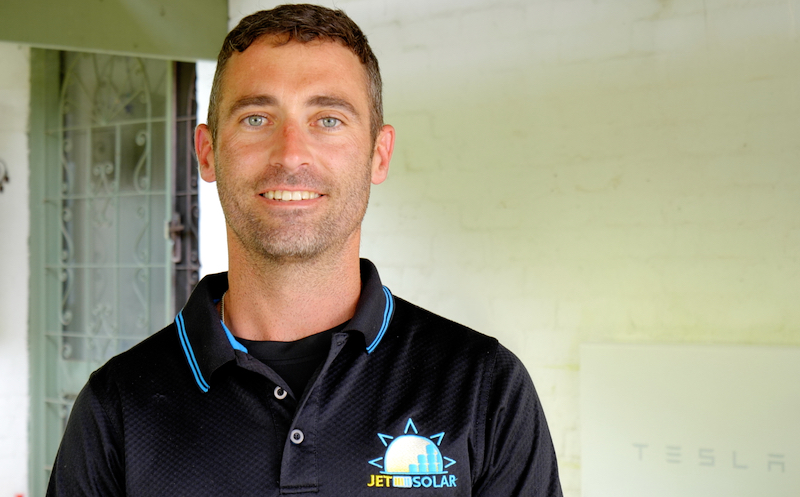Featured News
Newsroom
- Details
- In Enphase Energy
- /
 Enphase Energy General Manager ANZ & Pacific Wilf Johnston Enphase Energy has called on Australia’s new Government to convene a renewable energy summit that can align national resources for a more coordinated drive to achieve carbon net-zero.
Enphase Energy General Manager ANZ & Pacific Wilf Johnston Enphase Energy has called on Australia’s new Government to convene a renewable energy summit that can align national resources for a more coordinated drive to achieve carbon net-zero.
After Saturday’s Federal election elected a new parliament overwhelmingly committed to more aggressive action on climate change, Australia needs to harness all its resources to focus on accelerating the nation’s transition to a low-cost renewable energy economy.
Enphase Energy General Manager ANZ & Pacific Wilf Johnston said Australia could reap enormous economic benefits from getting all parties involved in the renewable energy sector into one room. “Bob Hawke did this successfully with the National Economic Summit in 1983,” he said.
- Details
- In Enphase Energy
- /
 Solaray Energy director Jonathan Fisk Sydney-based Solaray Energy believes its Australian record of installing more than 75,000 Enphase microinverters on solar panels provides a path for solar-enabling Australia’s “stressed” electricity grid.
Solaray Energy director Jonathan Fisk Sydney-based Solaray Energy believes its Australian record of installing more than 75,000 Enphase microinverters on solar panels provides a path for solar-enabling Australia’s “stressed” electricity grid.
In a global announcement, Enphase Energy reports that Solaray is its only Australian partner to have installed more than 75,000 Enphase microinverters since 2014 - most of them in the past three years. Three other Enphase partners were recognised for having installed more than 25,000 microinverters.
Solaray estimates that with each microinverter installed on an average 300-watt panel, they have a collective energy generation capacity of 22.5 megawatts (MW) – capable of producing 32.8 gigawatt-hours (GW-h) of energy annually - enough to power more than 5200 average Australian homes *.
Solaray Energy director Jonathan Fisk said the big problem with rooftop-generated solar energy was that the electricity grid was not designed for it. “The grid was designed to distribute electricity generated by large, centralised power stations,” he said.
- Details
- In Enphase Energy
- /
 Jet Solar founder Jason Dickinson Founded six months before the COVID-19 pandemic slammed into the Australian economy, Enphase partner Jet Solar has seen sales of solar PV systems soar in the three years since it was set up.
Jet Solar founder Jason Dickinson Founded six months before the COVID-19 pandemic slammed into the Australian economy, Enphase partner Jet Solar has seen sales of solar PV systems soar in the three years since it was set up.
Melbourne-based Jet Solar, which recently became an Enphase Gold Partner, was founded by electrician Jason Dickinson with just one other employee. Now he heads a team of nine, which includes a Qantas pilot who left the cockpit for the rooftop due to the collapse of international travel.
“We have a great little team,” explains Jason. “We have a couple of apprentices, ranging from a teenager to a 46-year-old ‘mature age’ apprentice and a couple of school-based apprentices.
East coast floods highlight the need for Australia to mandate rapid shutdown for safer solar systems
- Details
- In Safer Solar
- /
 Wilf Johnston, GM ANZ for Safer Solar member Enphase EnergyThe flooding of thousands of homes on the East Coast has highlighted the need for Australia to mandate rapid shutdown technology on solar photovoltaic (PV) systems, warns industry group Safer Solar.
Wilf Johnston, GM ANZ for Safer Solar member Enphase EnergyThe flooding of thousands of homes on the East Coast has highlighted the need for Australia to mandate rapid shutdown technology on solar photovoltaic (PV) systems, warns industry group Safer Solar.
With solar panels installed on one in four Australian homes, many systems lack a quick and easy way to shut down solar panels in the event of a fault or emergency, creating a serious safety threat for homeowners, first responders and tradespeople. Solar panels that were not shut off before the floods may begin generating electricity when the sun shines, potentially without the safety systems designed to protect people from uncontrolled high-voltage electrical currents.
More than 90 per cent of rooftop solar PV systems installed in Australia include high voltage Direct Current (DC) wiring that is live whenever the sun is shining. This 600-1000 volt current, which cannot be shut off during daylight, can jump a 100mm gap between a system component and any earthed conductive material. Any break in wiring insulation or weather sealing of components can allow an electrical arc to form. Approaching 1000 degrees Celsius, this arc is hot enough to ignite fires - and does so more than twice every day in Australia. It can also deliver a lethal electric shock.
More News...
- MIMP delivers affordable gigabit-speed Internet services for businesses in Whyalla and Mount Gambier (28 March 2022)
- Horses are Better than Unicorns says Ecommerce entrepreneur Brad Moran (28 February 2022)
- Underwriters Laboratories Selects Redflow for Flow Battery Research Program at Stress Engineering (24 February 2022)
- Adelaide skills-building centre unveils volunteer auction to fund move into post-pandemic life (21 February 2022)
- Enphase donates microinverters for $1.3M rebuild of Kangaroo Island hall destroyed by Black Summer bushfire (09 February 2022)
- Australian retailers risk missing rising wave of retail media spending in 2022 warns CitrusAd (07 February 2022)
- AI-powered workforce optimisation leader LIFELENZ raises US$32M to fund global growth (03 February 2022)
- Redflow completes 2 MWh installation in California (20 December 2021)
- Solar Juice signs up to distribute Enphase products as 2022 beckons to become the ‘year of the battery’ (13 December 2021)
- NSW services club expects three-year payback after installing 215kWp Enphase-equipped solar system (06 December 2021)
Off the Cuff

Simon Hackett speaks about Formula E racing on ABC Radio Adelaide
Australian renewable energy investor Simon Hackett last week spoke to Radio ABC Adelaide's Afternoons host Sonya Feldhoff about the benefits for replacing the cancelled Adelaide 500 motor race with a...
Read more
Seven simple steps for mental health in time of coronavirus
After the summer bushfires, the coronavirus pandemic and associated economic shutdown, “unprecedented” must be a standout favourite for Macquarie Dictionary’s Word of the Year for 2020. For the first time...
Read more
John Harris talks (a bit) about International Albinism Awareness Day on ABC Radio
John Harris, who has the honorary role of PR guy for the Albinism Fellowship of Australia, was interviewed by Peter Goers on the Evenings show of ABC Radio Adelaide on...
Read more
Start-ups are key to the future of everything
Nigel Lake, Executive Chair of global business advisory firm Pottinger, will tell this week's Myriad start-ups festival in Brisbane, running May 16-19, that Australia needs start-ups to protect its prosperity. Pottinger...
Read moreContact
Impress Media Australia
P: +61 8 8431 4000
E: john@impress.com.au
W: www.impress.com.au
Street:
Impress Media Australia
313 Portrush Road,
Norwood SA 5067
Click here for our location
Postal:
Impress Media Australia
Box 95, Kensington Park
South Australia 5068







